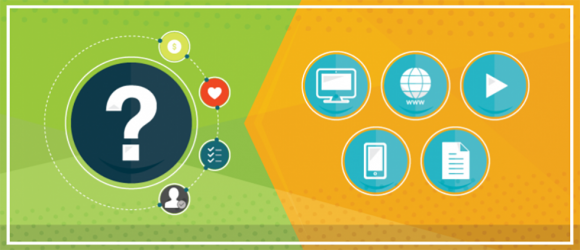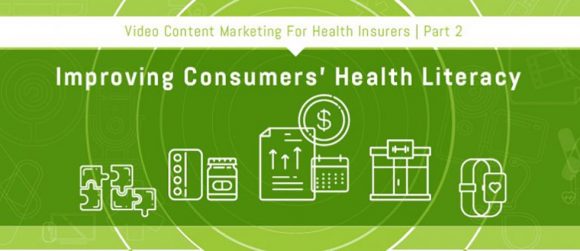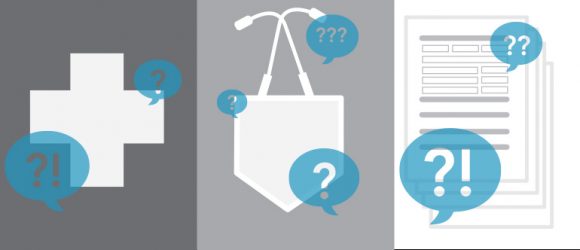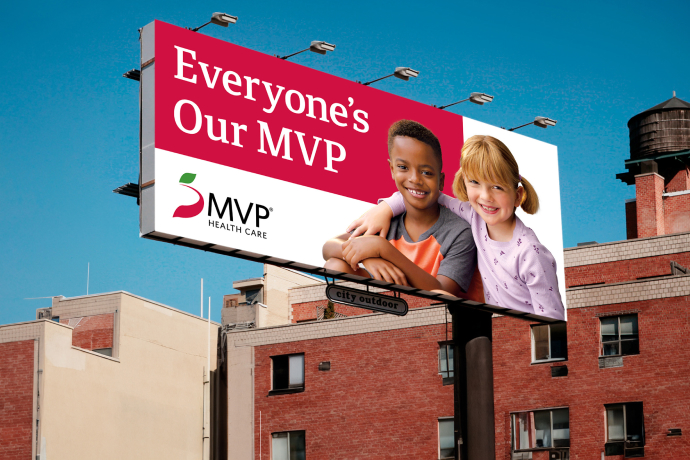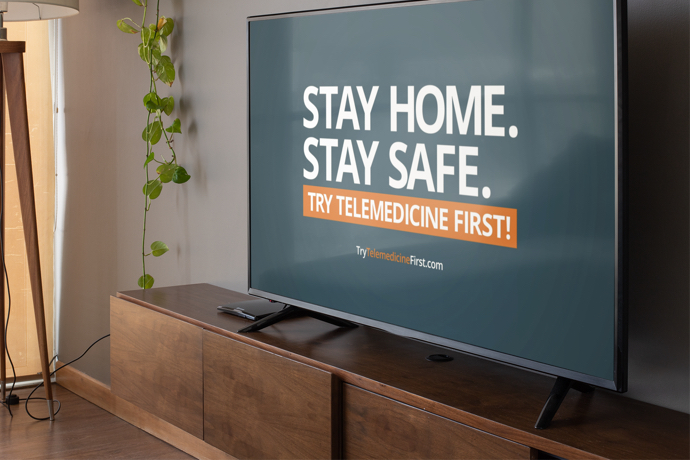How Content Marketing Aids Health Insurers in Curing Ailing Health Literacy
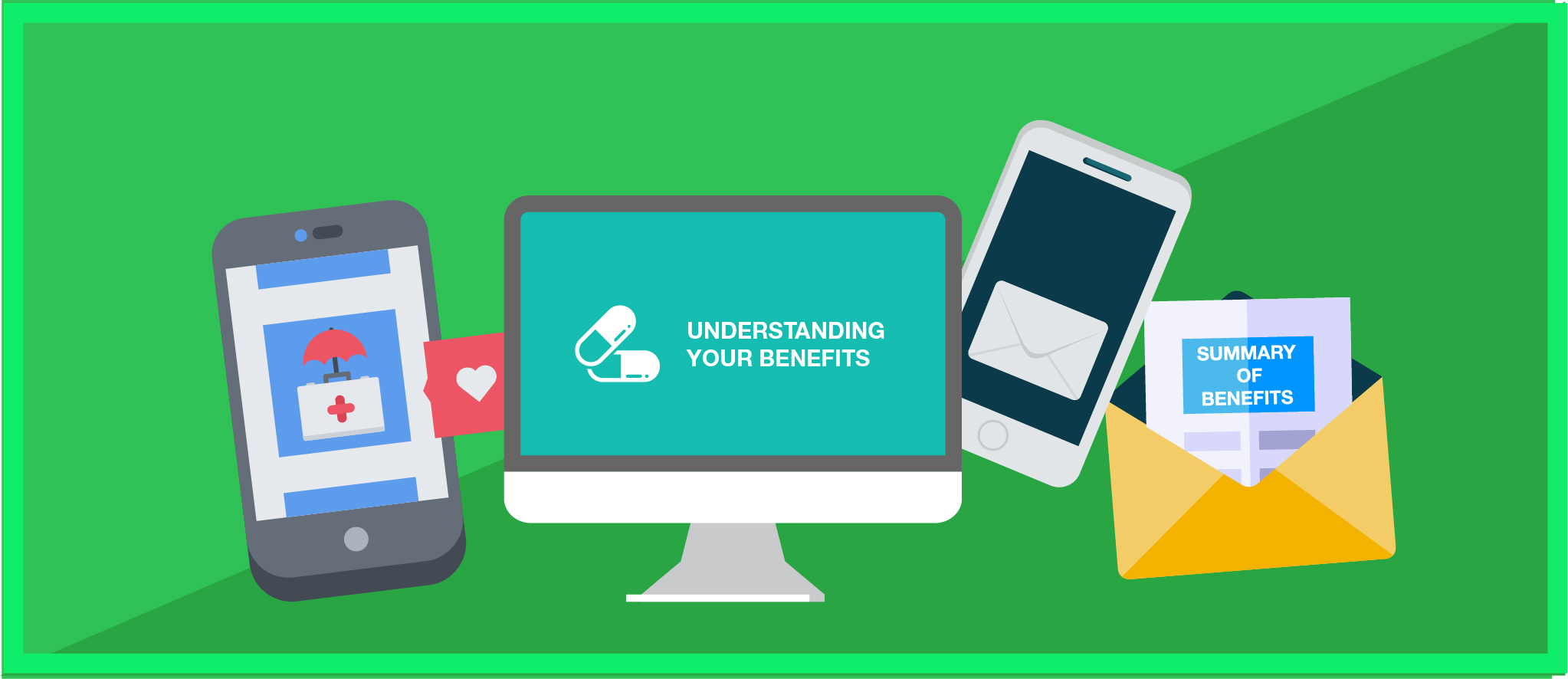
According to a report from Accenture, poor health literacy has created an estimated $4.8 billion in administrative costs for payers. The report points to a complex healthcare system that is difficult for consumers to navigate. The complexity of our healthcare system will not change overnight, leaving the burden on payers to help members learn terminology, get the most out of their health plan and improve overall health outcomes. For example, UnitedHealthcare’s Consumer Sentiment Survey found only 9% of the total population surveyed fully understood the meaning of four basic health insurance terms – health plan premium, health plan deductible, out-of-pocket maximum and co-insurance. Low health literacy can be tied to poor health outcomes, especially for those with chronic conditions, and greater healthcare costs. To improve the situation, many payers are investing in a robust content marketing strategy. As healthcare marketers, we know the value of content marketing and its focus on creating and sharing valuable content. Content marketing relies on meeting a consumer’s need for information. In this case, information on health plan options, health insurance coverage and other basic health information such as how coverage works, which providers members can see, how deductibles work and what out-of-pocket maximum means. Providing the right information helps consumers get the right care at the right time and place.
The Accenture report also advises payers to “shift the burden off consumers when they need it most,” meaning to reach consumers across multiple channels (physical, digital and emerging) to ensure that you are “reaching low literacy consumers on their terms.” We agree! When it comes to developing a strong healthcare content marketing strategy focused on improving consumer health literacy, we recommend using a multi-pronged approach: video, blog and online presence, social media, and using social listening and leveraging user generated content.
Need to drive brand awareness?We have the experience and expertise.
Video
In a series of blog posts, we previously discussed the important role that video content marketing plays as an asset for health insurers and compiled a quite a few strong, effective examples. According to Hubspot, “97% of marketers say video has helped increase user understanding of their product or service.” Indeed, video is a great way to present confusing topics and help make sense of complexities for consumers. Video “shows” rather than just “tells.” Through video, health insurers can educate healthcare consumers on the fundamentals of health insurance 101, address challenging subjects such as “hot topic” health issues, promote health and wellness, provide video assistance on how apps and member portals work and promote health education.
Blog and Online Presence
A UnitedHealthcare survey found that 28% of Americans use mobile apps or the internet as their first source of healthcare information, a figure that is trending upward. As such, websites and blogs become very important mouthpieces for knowledge of how health insurance works, explaining complex topics such as healthcare costs and providing relevant updates that members need to know. Aetna‘s “Understanding Health Care” section of their site is a strong example. They offer a guide explaining how health insurance works by answering frequently asked questions (FAQs). They also use storytelling. For example, when explaining the difference between FSAs, HSAs and HRAs, Aetna tells the stories of Maxine, Phil and Sally, hypothetical healthcare consumers, and why each of them chose a particular type of healthcare account. Using storytelling and eliminating a lot of jargon from your content assets helps create a lighter, conversational tone to talk about health insurance topics that makes them more relatable to consumers, while also being informative.
Social Media
Social media adds the conversation and customer service component to a plan’s healthcare content marketing strategy. GlobalWebIndex‘s flagship report on the latest trends in social media found that 98% of digital consumers globally use social media. This brings us back to the idea of “reaching low literacy consumers on their terms.” Health literacy is about communicating health information in ways that people can understand, which today includes using social media for sharing and learning. Data from a HealthMine report found that when members are connected to their health plan on social media, it does help members better manage their health. What happens when an open enrollment meeting wraps up? What happens the rest of the year whenever someone has a question? Your social media platforms (emphasis on the word social) keep conversations around member healthcare going. They become a place to inform, interact and update. Social video tools such as Facebook Live can be very valuable for health insurers. The GlobalWebIndex report found 25% of global consumers engage with live streams monthly. This article in eConsultancy looks at how hospital and health systems nationwide are using this tool. Health insurers can use these examples as inspiration to create ‘live Q&A’ sessions during open enrollment, expert sessions, and live streaming of outreach events and workshops. Twitter chats using a dedicated hashtag are also another way to engage with members. Social media helps facilitate ongoing resolution of customer service issues or FAQs.
Social Listening and User-Generated Content
Social media is a great way for payers to communicate with consumers. Social listening takes it a step further. Healthcare marketers can use social listening to track conversations around their health plan, specific topics and keywords in the health insurance industry. In the context of health literacy, the information gained from social listening can provide valuable insights into what prospects and members are talking about, their pain points, thoughts and opinions. For example, are members aware of the dates of open enrollment? Are they not sure about updates to their plan benefits? Do they know what a narrow network is? Was a new piece of legislation passed? Consumers may wonder if/how this applies to them. From there, you can use this information to put together content that consumers want to read, can apply to their daily lives and address problems and help make better choices related to their health coverage. In addition, social listening can help uncover user generated content (UGC) about the brand – tweets and other social posts, blog posts, testimonials, etc. – that can be leveraged to build community among members and influence prospects.
When tackling the health literacy problem, content marketing is a great vehicle to drive information to the forefront in a way that is simple, informative and compelling. It can help take the complexity out of healthcare and get information to consumers where they need it in a format that is easy to understand. Ultimately, the overall goal is to ensure that consumers get the right care at the right time for the best cost.





